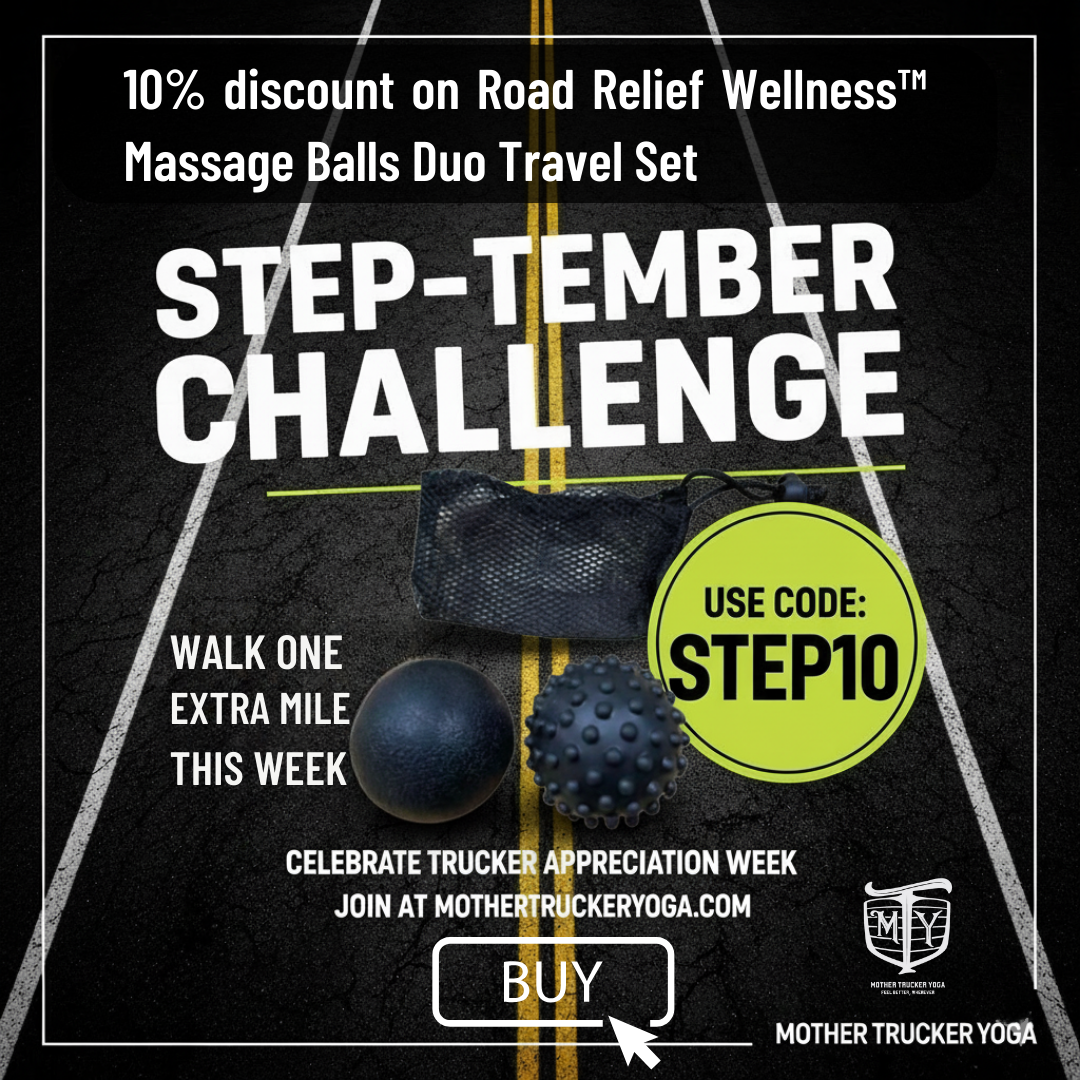Sleep, Stamina & Safety: Why Truckers Can’t Ignore Rest Anymore
Sleep, Stamina & Safety: Why Truckers Can’t Ignore Rest Anymore
Truck driver sleep and safety
Ask any truck driver what the hardest part of the job is, and you’ll hear the same answer again and again: the long hours. But it’s not just hours behind the wheel that wear drivers down — it’s the lack of quality sleep.
Fatigue is one of the leading causes of accidents in trucking. According to the Federal Motor Carrier Safety Administration (FMCSA), drowsy driving is just as dangerous as drunk driving, slowing reaction times and impairing judgment.
The bottom line? No amount of coffee or energy drinks can replace good sleep. Let’s break down why rest is essential for truckers, how it impacts safety, and practical ways to improve your sleep on the road.
The Real Cost of Fatigue
Fatigue is more than just feeling tired. For truck drivers, it shows up in ways that directly affect safety:
- Slower reaction times → That extra second can mean the difference between stopping safely and a collision.
- Impaired judgment → Just like alcohol, sleep deprivation reduces decision-making ability.
- Microsleeps → Brief, uncontrollable “nod offs” lasting 1–10 seconds — extremely dangerous at highway speeds.
- Weakened stamina → Long hauls feel even longer when your body and brain are running on empty.
The FMCSA estimates that 13% of commercial drivers involved in crashes were considered fatigued at the time.
Why Sleep is So Hard for Truck Drivers
Getting good sleep on the road isn’t simple. Drivers face unique challenges:
- Irregular schedules → Early mornings, late nights, and shifting delivery windows disrupt circadian rhythms.
- Sleeper cabs → Not every cab is optimized for comfort, temperature, or noise control.
- Parking stress → Hours spent finding safe parking cuts into rest time.
- Caffeine dependency → Too much late-day caffeine delays deep sleep.
The result? Even when drivers technically “log rest,” the quality of that sleep often isn’t enough to restore alertness.
The Science of Sleep & Safety
Here’s what happens when you don’t get enough sleep:
- Less than 5 hours of sleep = risk of crash is doubled.
- Being awake 18 hours straight = driving with the same impairment as a blood alcohol content (BAC) of 0.05%.
- Being awake 24 hours = same impairment as a BAC of 0.10% (above the legal limit).
👉 Translation: Fatigue is a safety hazard, not just a personal discomfort.
Practical Tips for Better Sleep on the Road
Even if you can’t control your schedule, you can control your sleep environment and habits.
1. Create a Sleep Routine
- Go to bed and wake up at consistent times when possible.
- Signal your body it’s time for rest with a wind-down ritual: stretching, journaling, or dimming lights.
2. Optimize Your Sleeper Cab
- Invest in blackout curtains to block light.
- Use a supportive mattress topper and proper pillow.
- Keep cab temperature cool (60–67°F is ideal for sleep).
3. Cut the Caffeine (on Time)
- Limit coffee, energy drinks, or soda at least 6 hours before bedtime.
- Swap in water or herbal tea for hydration instead.
4. Use Micro-Naps Wisely
- A 15–20 minute nap can restore alertness without grogginess.
- Avoid naps longer than 30 minutes during shifts (to prevent sleep inertia).
5. Stretch Before Bed
- Gentle stretches calm the nervous system and release tension.
- Try: seated forward fold, gentle neck rolls, or legs-up-on-the-bunk.
A Trucker’s Mini Bedtime Routine (5 Minutes)
Want something you can do tonight to sleep better? Try this:
- Sit on your bunk – inhale deeply, exhale slowly (repeat 3x).
- Gentle seated twist – release spinal tension.
- Neck stretch – right ear to shoulder, hold 20 sec each side.
- Seated forward fold – reach toward feet, release hamstrings.
- Legs up on bunk wall – lie down, legs elevated for 2 minutes.
This mini routine signals your body: it’s time to rest.
Safety + Sleep = Better Performance
Think of sleep like maintenance for your truck. You wouldn’t drive 2,000 miles without an oil change, and you can’t expect your body to keep performing without rest.
With better sleep, you’ll notice:
- Faster reaction times
- More stamina on long hauls
- Better mood and patience on the road
- Fewer aches and pains
Final Thoughts
Fatigue is a silent risk on America’s highways. But by prioritizing rest, truck drivers can protect their health, performance, and safety.
Better sleep isn’t a luxury — it’s part of being a professional, safe driver. And just like learning the best routes or how to handle your rig, sleep strategies are a skill every trucker can (and should) master.
✨ Want simple stretches and wellness tips designed to help drivers rest better? Explore our Mother Trucker Yoga Jumpstart Programs — built for drivers, fleets, and CDL schools. Truck driver sleep and safety

